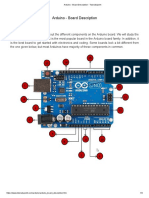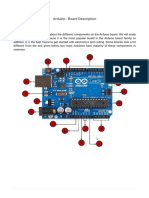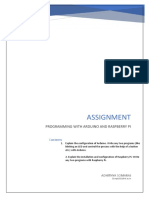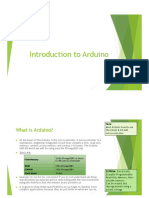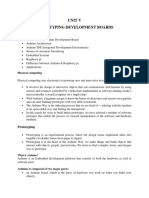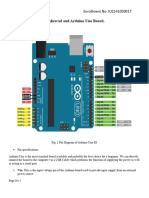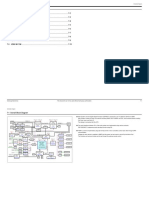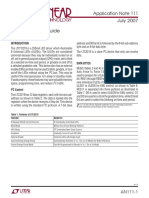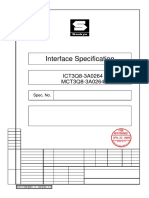0% found this document useful (0 votes)
15 views18 pagesArduino 20250802 153313 0000
Arduino is an open-source platform that combines easy-to-use hardware and software, ideal for beginners and versatile enough for various projects. The Arduino UNO, powered by the ATmega328P microcontroller, features multiple input/output pins, including digital and analog, and supports various communication protocols. Key components include power connectors, a microcontroller, and pins for digital, analog, and I2C communication, making it suitable for tasks ranging from simple LED control to complex robotics.
Uploaded by
rahulkumarsah933499Copyright
© © All Rights Reserved
We take content rights seriously. If you suspect this is your content, claim it here.
Available Formats
Download as PDF, TXT or read online on Scribd
0% found this document useful (0 votes)
15 views18 pagesArduino 20250802 153313 0000
Arduino is an open-source platform that combines easy-to-use hardware and software, ideal for beginners and versatile enough for various projects. The Arduino UNO, powered by the ATmega328P microcontroller, features multiple input/output pins, including digital and analog, and supports various communication protocols. Key components include power connectors, a microcontroller, and pins for digital, analog, and I2C communication, making it suitable for tasks ranging from simple LED control to complex robotics.
Uploaded by
rahulkumarsah933499Copyright
© © All Rights Reserved
We take content rights seriously. If you suspect this is your content, claim it here.
Available Formats
Download as PDF, TXT or read online on Scribd
/ 18






